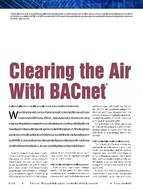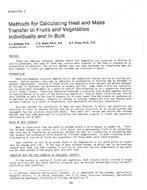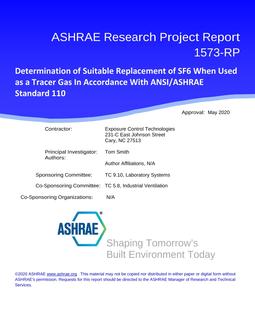Click here to purchase
Current methods for designing exhaust stack height and exit velocity are based on avoiding contamination of the roof, walls and nearby ground surface of the building on which the stack is located. Usually, no account is taken of the effect of adjacent buildings that add turbulence and increase dispersion if they are located upwind, and may be contaminated themselves if they are downwind of the emitting building. ASHRAE Research Project 897 carried out a systematic study of 16 adjacent and emitting building configurations for two crosswind widths to determine how adjacent buildings should be accounted for in laboratory stack design. The research project had four distinct objectives:
- to use scale models of emitting and adjacent building pairs to build a catalogue of the effect of adjacent buildings over a wide range of variables.
- to use the results of this catalogue of building dilution measurements to recommend stack design procedures.
- to compare measured dilutions with dispersion calculations using the computer models ISC3 and SCREEN3 and otherdispersion models.
- to prepare a commentary on the suitability of existing models.
Product Details
- Published:
- 1998
- File Size:
- 1 file , 6.6 MB
- Product Code(s):
- D-28856


